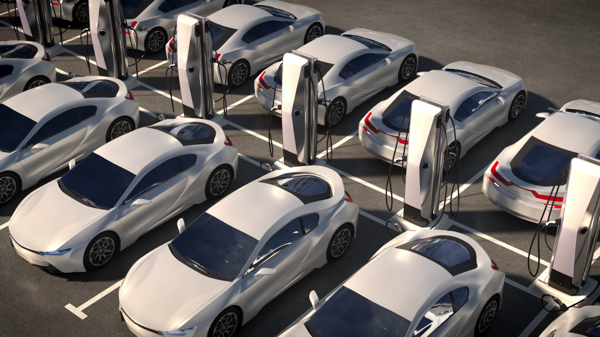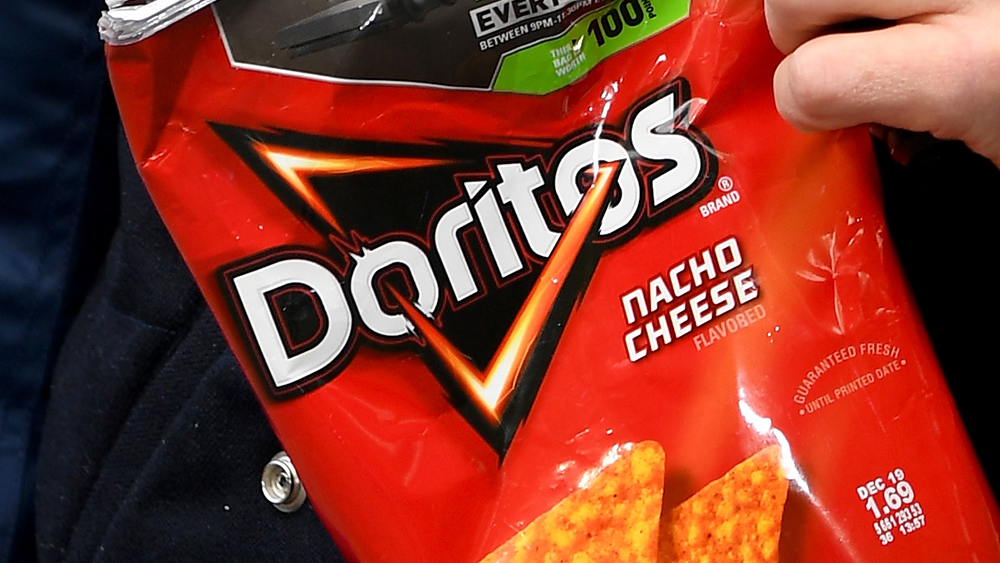 Parler
Parler Gab
Gab
- U.S. EV adoption confidence plummets to 16% in 2025, hitting a 2019-era low due to cost, infrastructure concerns.
- 63% of drivers now reject EVs, citing affordability gaps and charging station shortages.
- AAA cites hybrids as surging alternatives to full EVs, leveraging lower sticker prices and flexibility.
- Falling gasoline prices and EV subsidy uncertainty accelerate the shift toward conventional vehicles.
- Barely one-quarter of Americans now believe most cars will be EVs by 2035, down from 40% in 2022.
Cost barriers and cynicism undermine EV adoption
Key deterrents for EV adoption remain rooted in economics. A majority of respondents (62%) cite high battery repair costs, while 59% avoid EVs due to sticker prices. Maintenance concerns and range anxiety round out the top frustrations, with 57% doubting EVs’ suitability for long drives and 56% frustrated by sparse public charging access. “The automotive industry remains committed to electrification, but core consumer skepticism persists,” said Greg Brannon, AAA’s director of automotive engineering, underscoring a divided landscape. However, driver backlash has intensified amid falling gas prices — a spring average of $3.25 per gallon — eclipsing EVs’ fuel-cost savings. Anti-EV sentiment now tops 63%, the highest since 2022, driven partly by fears of vanishing tax credits and rebates. The AAA survey also highlights a dramatic decline in trusting EVs as the car of the future. Only 23% of drivers believe most passenger vehicles will be electric by 2035, down from 40% three years ago — a blow to climate policymakers pushing for rapid decarbonization.Policy woes and political reality check
Tax credit uncertainty looms largest for those shopping for alternatives. Interest in EVs for financial incentives plummeted from 60% in 2024 to 39% in 2025, AAA noted. With debates over the longevity of the Inflation Reduction Act’s EV subsidies, buyers now view hybrids and plug-in hybrids as safer bets. These models combine gas engines with electric power, softening range anxiety without sacrificing affordability. John, an EV industry insider with 18 years of experience, argued in a recent interview that the EV push often overlooks practical realities. “The propaganda about EV utopia clashes with everyday costs and infrastructure. When demand for flying dries up due to high fees, people won’t give up their cars. The true endgame is phasing out personal vehicles entirely—a vision tied to agendas seeking global governance, not just cleaner air,” he explained. Despite fleets of newly launched EVs — 75 models in four years — buyers increasingly question whether the switch to EVs is worth sacrificing convenience. AAA’s Brannon noted ownership costs Meanwhile, AAA data reveals EVs ranked as the second-highest total cost vehicles in 2024 due to depreciation and financing charges, despite lower fuel and maintenance expenses.Hybrid vehicles steer ahead in practical realm
The rise of hybrids reflects search for a middle ground. These vehicles offer electric benefits without forcing drivers to jettison existing infrastructure. For younger adults, campaigns like #AdultingwithAAA highlight hybrids as low-maintenance, cost-effective choices. “This is about adaptability,” Brannon said. “Hybrids let people embrace electric driving incrementally instead of overhauling their entire lifestyle.” The shift hints at a broader cultural division: an aging EV dream pitted against a push to retain traditional mobility.A polarized road ahead for electrification
As debates over transportation policy escalate, the report underscores the pitfalls of top-down climate mandates. “When federal incentives shift politics, everyday motorists pay the price,” said commentator Mary Lou, referencing fading driver confidence. Despite calls for a “car-free” Agenda 2030 future, analysts warn forced electrification may intensify resistance rather than curb emissions. With battery recycling challenges and limited charging networks, the path to sustainability remains fraught with economic choices. For now, EV adoption’s decline signals a critical shift: American drivers will not abandon independence lightly. Whether climate goals or practical needs win out, the next decade promises no easy answers.Crossroads ahead — EVs face hurdles as public trust falters
The 16% adoption mark underscores a pivotal moment in automotive history. With hybrids overtaking EVs in popularity and policy ambiguity clouding incentives, the next era hinges on balancing technological ambition with consumer realism. For now, skepticism and dollars align, signaling that “emissions over economics” may not drive driver decisions — and that the road to the future won’t be entirely quiet. Sources for this article include: OilPrice.com Newsroom.AAA.comSTOP CSAM Act sparks backlash over threats to privacy and free speech
By Laura Harris // Share
Frito-Lay shutters iconic Rancho Cucamonga plant in California after 55 years
By Laura Harris // Share
Vietnam joins BRICS: A strategic move amid global shifts
By Belle Carter // Share
Governments continue to obscure COVID-19 vaccine data amid rising concerns over excess deaths
By patricklewis // Share
Tech giant Microsoft backs EXTINCTION with its support of carbon capture programs
By ramontomeydw // Share
Germany to resume arms exports to Israel despite repeated ceasefire violations
By isabelle // Share










